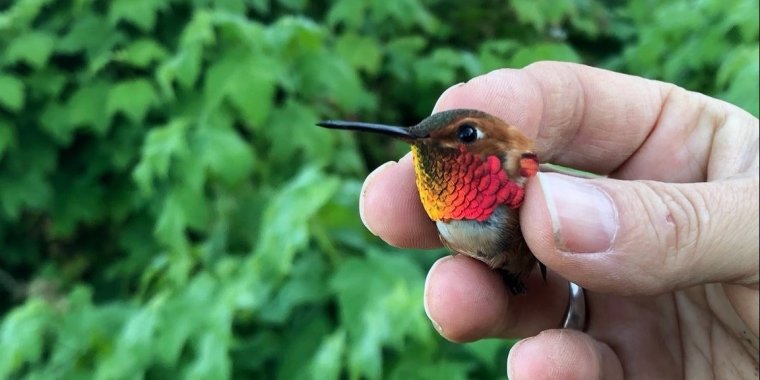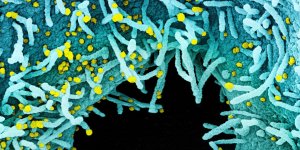| News / Science News |
For rufous hummingbirds, migration routes may differ
Plucky, beautiful, and declining in numbers at about 2% annually, rufous hummingbirds make their long annual migrations in different timing and route patterns based on age and sex, new research by Oregon State University biologists shows.

Rufous hummingbirds use alternate routes and differ in migration cycles and distributions. Photo: OSU
The findings are important because the more that’s known about how rufous hummingbirds migrate, the more can be done to ensure birds of different ages and sexes have the resources they need each year on their journey up and down the western part of North America.
"Different age-sex categories of rufous hummingbirds use alternate routes and differ in migration cycles and distributions," said the study's corresponding author, Josée Rousseau. "Our results seem to indicate that the age-sex categories could be affected in different ways by things like habitat loss and climate during migration."
With a reputation as one of the continent's most determined and assertive birds, the rufous hummingbird, scientifically known as Selasphorus rufus, weighs less than a nickel and tops out at about 3 inches in length.
Based on its body length, its migratory journey is one of the world's longest -- hummingbirds that travel the full extent of the range, from Alaska to Mexico, migrate 3,900 miles, or almost 80 million body lengths. (National Science Foundation)
YOU MAY ALSO LIKE





